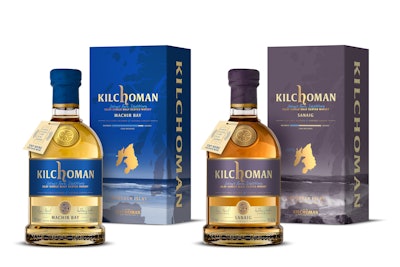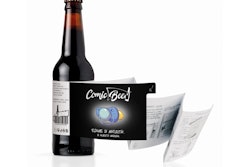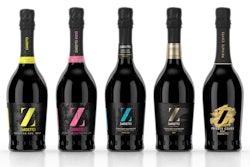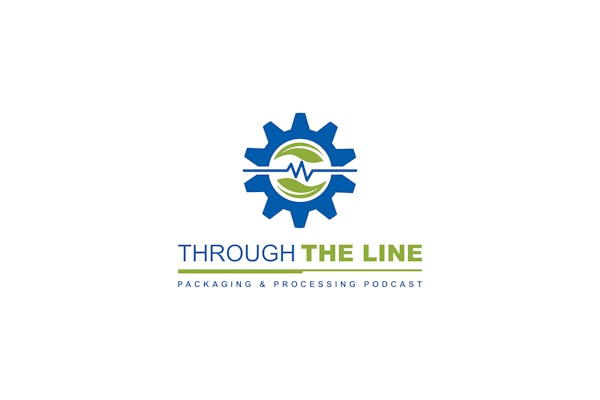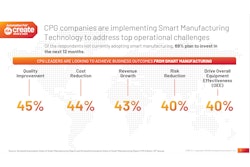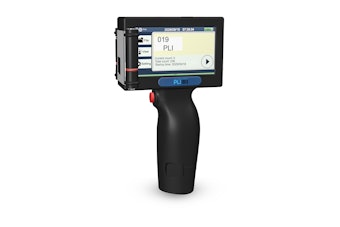Kilchoman Distillery was founded in 2005 on Islay, an island off the west coast of Scotland known for its whisky. The first new distillery to be built there in 124 years, Kilchoman was established by founder Anthony Wills to revive the lost art of farm distilling, which means all stages of the production process—from growing barley in the fields around the distillery to bottling—are done on-site.
Explains Peter Wills, VP of Sales & Marketing for Kilchoman Distillery, “We are using local peat, cut in the traditional way, slowly distilling by hand, maturing in traditional dunnage warehouses and bottling on-site without coloring or chill filtration.”
Despite its credentials as being the only Islay Single Farm Single Malt whisky, “from barley to bottle,” Kilchoman still faces fierce competition in the Scotch whisky category. According to the Whisky Association, each year 124 licensed distilleries produce and distribute several thousand brands of scotch whisky to more than 200 markets worldwide. In Scotland alone, there are 130 operating distilleries.
In 2017, Kilchoman launched a program using neck-tag booklets integrated with NFC (Near Field Communication) tags on 10,000 bottles of its Machir Bay and Sanaig varieties to communicate its unique brand story and differentiate its product on shelf. The trial was so successful that in late 2018 the company deployed the technology on the primary bottle label for all of its brands globally.
Mutiple benefits
In researching innovative ways to communicate with its consumers, Kilchoman evaluated several technologies, including QR codes, but ultimately chose an end-to-end NFC mobile marketing solution from Thinfilm Electronics. “For flexibility, ease of use, and integrating into the packaging, NFC was the far better option,” explains Wills.
Thinfilm’s NFC mobile marketing solution comprises uniquely identifiable printed electronic NFC tags fully integrated with Thinfilm’s CNECT™ Cloud Platform, which allows brands to manage NFC tag content and gather comprehensive data on tap activity.
For the neck-tag project, Kilchoman identified three crucial success factors for the solution: ease of deployment, engagement impact, and the ability to gain insight into consumer behavior via integrated software. It chose to use Machir Bay and Sanaig for the trial, as those are its two core brands distributed worldwide. “Because our NFC initiative allows us to understand where our products are being enjoyed globally, it made sense to include two of our top-selling releases,” says Wills.
Within eight weeks of the project kickoff, Thinfilm and key ecosystem partners printed, integrated, tested, and delivered the NFC-enabled neck-tags to Kilchoman, and in-market distribution began in early 2018.
The Thinfilm/Kilchoman team created mobile-optimized product pages for each whisky brand in collaboration with Kilchoman’s creative agency. By tapping the connected neck-tags with NFC-enabled smartphones, consumers were able to instantly launch unique digital experiences that communicated product details, taste profiles, and brand messaging. “We also have a lot of video content that takes our customers into our fields and brings them into our distillery to see what makes our process unique,” says Wills.
Thinfilm’s CNECT Cloud Platform stored and managed all of the unique tag IDs at the batch level. This enabled Kilchoman to track the time from ship-to-shelf across a dozen distributors in 13 countries. It also allowed Kilchoman to analyze item-level intelligence and consumer interaction data in real time.
According to the data, the program received a 6.5% engagement rate, making the tags more effective than every category of traditional and digital marketing, including 70-times more effective than display ads, approximately three-times more than e-mail and search, and 2.5-times more effective than social. Kilchoman also found that consumers were sharing the experience, with each bottle tapped by 1.35 consumers on average.
In terms of supply chain information, Kilchoman learned that there was a seven-week average ship-to-shelf time, from the time the NFC-equipped bottle was shipped by Kilchoman until it appeared on store shelves.
“The CNECT platform provided useful insights for both B2C and B2B purposes,” says Wills. “On the B2C side, we used consumer engagement data to understand how frequently consumers engaged and how user interest between our Machir Bay and Sanaig releases varied on a country-by-country level. We were also able to confirm a 6-percent engagement rate, exceeding program expectations.
“For B2B purposes, the same consumer scan data gave us a new window into the performance of our supply chain, helping us to verify the so-called ‘ship to shelf’ time between our distillery and availability for purchase in a retail shop. This kind of supply chain intelligence is traditionally expensive to gather or simply unavailable, but cloud-powered NFC technology made it both possible and refreshingly simple.”
Full-scale rollout
Having validated the power of NFC mobile marketing to connect with its consumers globally and to provide actionable supply chain data, Kilchoman expanded the program to include Thinfilm NFC tags on all of its bottle labels. As Wills explains, the highly-integrated label is applied in one step on Kilchoman’s packaging line. “When we receive the roll of labels, the NFC tags are already inserted into the primary label. This dramatically simplifies integration on our bottling line, maintaining throughput and reliability. The label design features an NFC call-to-action icon that fits well with our overall branding, and that is something we could never accomplish with a QR code.”
In looking at the cost of replacing the conventional booklet-style neck label with an NFC-enabled bottle label, Wills says that while it’s a factor, more important is the full spectrum of consumer experience, including digital content, packaging, and the whisky itself. “The shift from print to digital via NFC allowed us to bring interactive content directly to our customers while maintaining an elegant look and feel with our packaging,” he says. “So, while we certainly save the cost of the printed booklet, it’s perhaps more important that we have added the ability to deliver more compelling content in addition to transparency information—from ingredients to distillery details—that is very important to today’s whisky drinkers.”
While Wills does not say whether the success of NFC mobile marketing will change the amount of traditional digital marketing activity the brand engages in, he notes that it’s important for the company to be where its customers are active. “NFC is an important element of making it easier for our customers to connect to our content when the product is in-hand. When we look at the spectrum of marketing technologies, NFC therefore addresses a critical moment in the consumer journey that is not effectively addressed by pure digital marketing technologies.”
